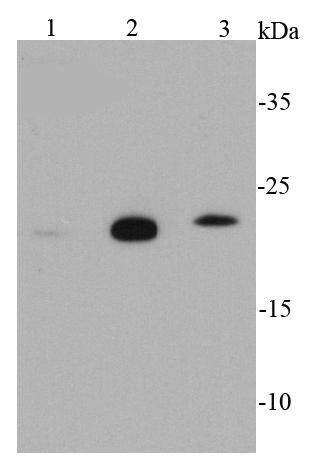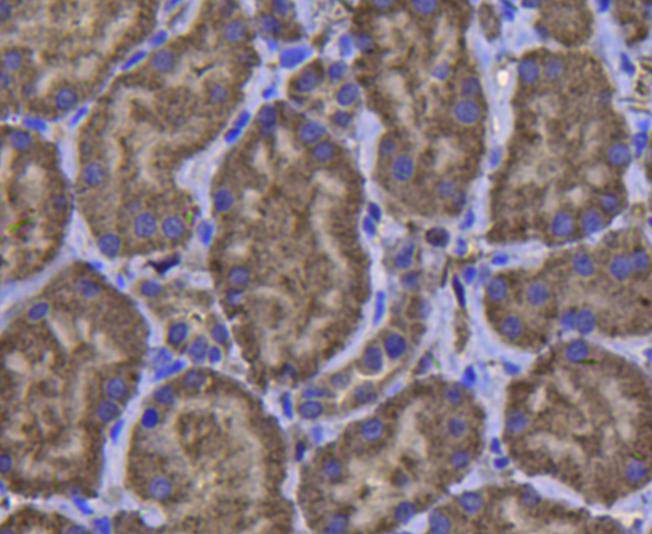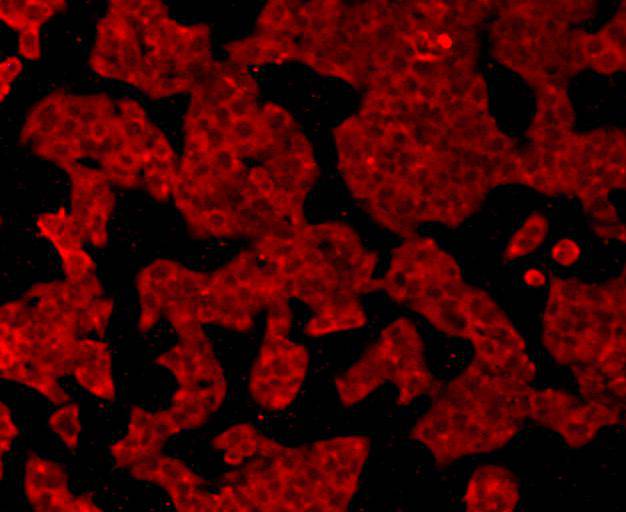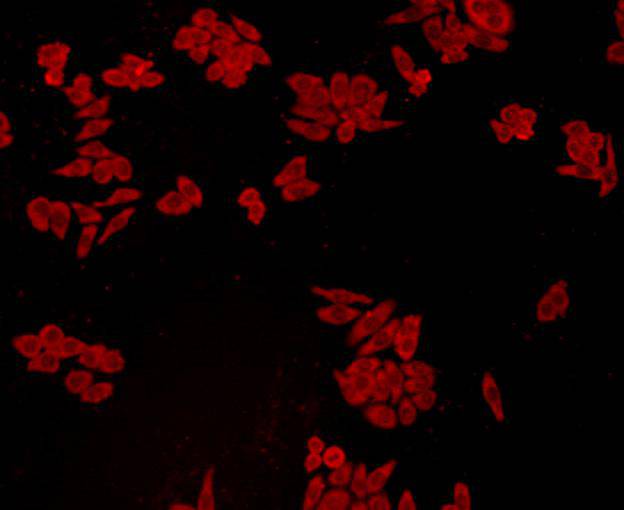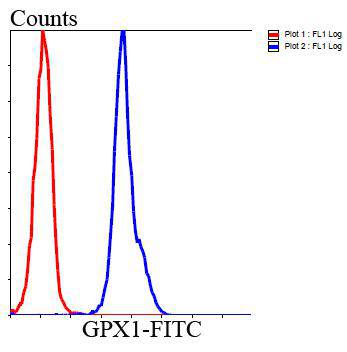GPX1 is ubiquitously expressed in many tissues, where it protects cells from oxidative stress. Within cells, it localizes to the cytoplasm and mitochondria. As a glutathione peroxidase, GPx1 functions in the detoxification of hydrogen peroxide, specifically by catalyzing the reduction of hydrogen peroxide to water. The glutathione peroxidase also catalyzes the reduction of other organic hydroperoxides, such as lipid peroxides, to the corresponding alcohols. GPx1 typically uses glutathione (GSH) as the reductant, but when glutathione synthetase (GSS) is, as in brain mitochondria, γ-glutamylcysteine can serve as the reductant instead. The protein encoded by this gene protects from CD95-induced apoptosis in cultured breast cancer cells and inhibits 5-lipoxygenase in blood cells, and its overexpression delays endothelial cell death and increases resistance to toxic challenges, especially oxidative stress. This protein is one of only a few proteins known in higher vertebrates to contain selenocysteine, which occurs at the active site of glutathione peroxidase and is coded by the nonsense (stop) codon TGA.

